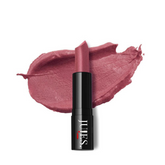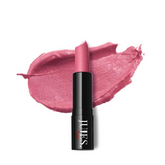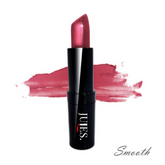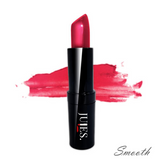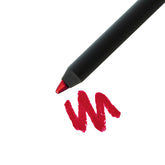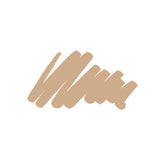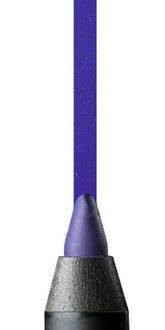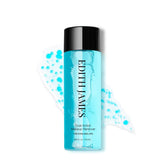Why One-Size-Fits-All Eyebrows Don’t Work (And What to Do Instead)
Eyebrows Are Not One-Size-Fits-All
When it comes to eyebrow shaping, the goal isn’t to fight nature—it’s to finesse it. While the same golden ratio can be used as a guideline for achieving balance, each individual’s unique face shape and features make every brow outcome inherently different.
Trying to impose a trendy style on brows that simply weren’t built for it? That’s where trouble begins. Tails disappear, cowlicks get mangled, and more often than not, brows end up thin, straight, or worse—sloping downward. No, thank you.
In case you thought eyebrows weren’t that deep, here’s just a glimpse of what I take into account when shaping a client’s brows:
-
Personality
-
Lifestyle
-
Age
-
Growth direction
-
Hair density
-
Hair texture/thickness
-
Natural brow color
-
Brow color vs. skin tone
-
Brow color vs. hair color
-
Existing shape and growth history
These factors fall into three core categories: The Person, The Brows, and Their History.
THE PERSON
Personality and lifestyle matter—a lot. Several shapes might look good, but only one will feel like “you.” My role is not to impose my vision, but to harmonize your ideal with my technical skill. That said, if your idea is a brow disaster waiting to happen, I will lovingly fight you on it—for your own good.
Now let’s talk age.
A younger client just starting out? Trendy and heavily arched shapes aren’t the move. Light grooming is key. As we age, brow shaping must consider other factors—skin texture, existing growth, and how best to lift the face while preserving fullness, which is key to a youthful look.
THE BROWS
Ignoring growth direction is eyebrow sabotage. If your hairs grow downward, you’ve likely struggled to achieve lift or arch. Without proper technique, these brows can end up with holes underneath and a flat or downward appearance.
Here, trimming is more impactful than removal.
Cowlicks are another common culprit. Waxing them off, ignoring them, or uneven trimming leads to disaster. Cowlicks require time, layering, and serious finesse—not brute force.
Think of it like a blunt haircut: if your stylist doesn’t adjust your head position, the result looks choppy and stacked. The same principle applies here.
Other growth patterns also impact fullness and arch formation. Brow asymmetry is normal—one brow might grow straight up, while the other curves sideways. The trick is to adapt shaping techniques to each brow for a balanced look.
THE COLOR & TEXTURE
Color contrast matters more than you think. Brows should frame—not overpower or disappear into—your face. Matching or slightly contrasting with your hair and skin tone helps decide how bold or soft the brow shape should be.
Hair density and texture help guide how much to trim and whether filling (with pencil or tint) is needed. A surprisingly common phenomenon: clients with fine, spaced-out hairs often look fuller post-shaping, even without makeup. It’s all in the structure.
Don't believe me? Try me.
THE HISTORY
Brows tell stories. To shape them well, I need to understand what’s been done in the past, what’s growing now, and what can come back.
If we’re rebuilding, your first appointment won’t yield perfection. I may intentionally leave some “awkward” hairs to support regrowth.
And no, I’m not a magician. Your arch might take time. Each brow can only be moved or adjusted as far as the current growth allows, or risk imbalance.
But with time, consistency, and yes—appointments—you’ll get there.
As the wise Theodore Roosevelt said, “Nothing worth having comes easy.”
If you want your best brows, book today and we'll take care of the rest. 💕
